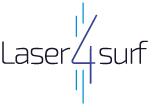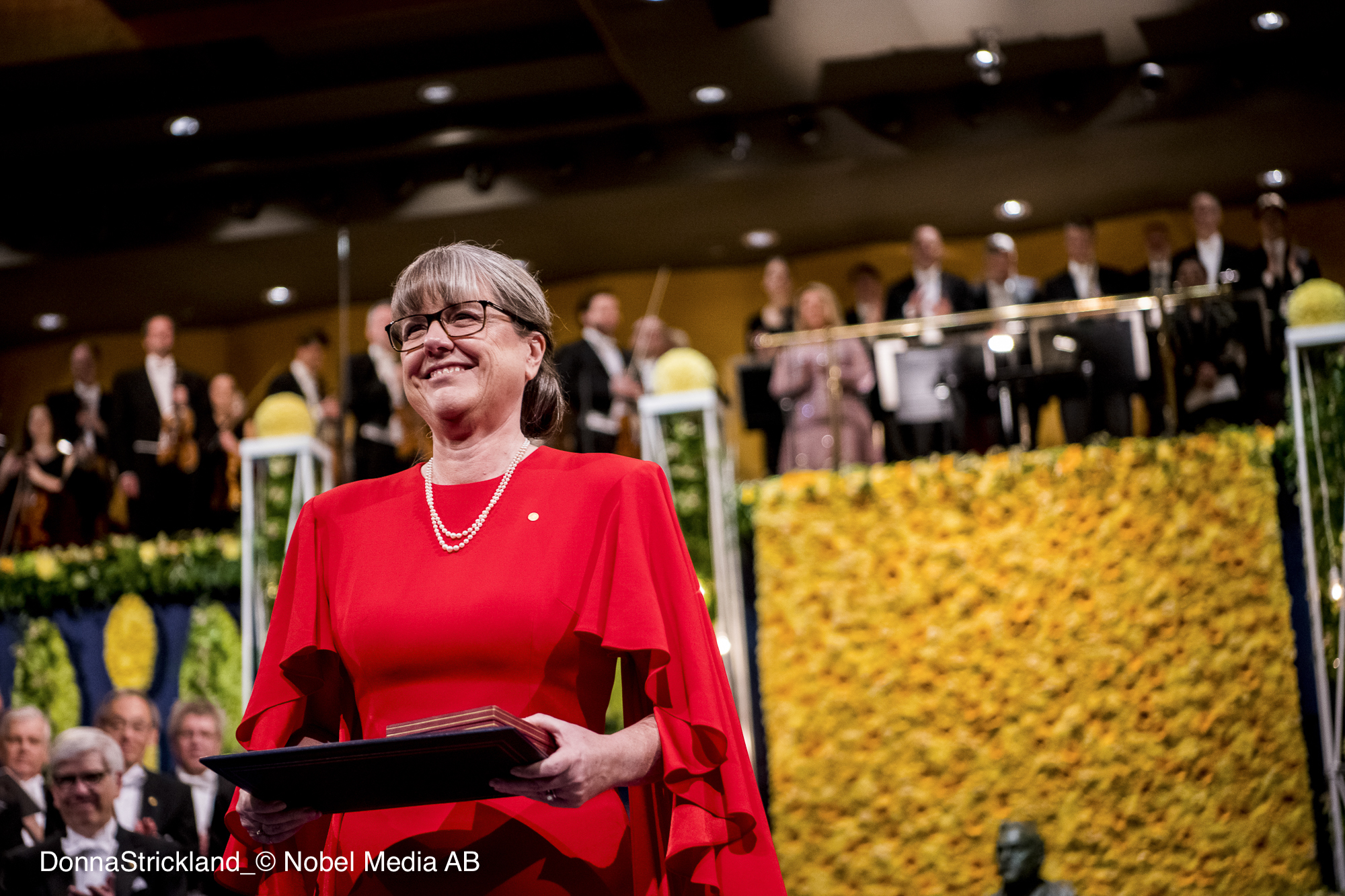Sometimes, it is difficult to explain which are those contributions made for a Nobel Laureate in Physics, since they are highly specialized scientific topics, and concepts and techniques implemented are far away from citizen’s understanding. That is the case for the 2018 Nobel Prize in Physics, shared between Gérard Mourou, Donna Strickland and Arthur Ashkin. Mourou and Strickland have been awarded for their joint work on new techniques for optical parametric amplification. In the following, I would like to highlight the importance and impact of their scientific achievement.
Prior to their collaboration, the maximum power that a laser pulse could reach was limited to the resistance a medium opposed without suffering damage on a specific area. It constituted a daunting hurdle for the use of lasers, particularly, those called ultrashort pulse lasers, emitting pulses of light below 1 picosecond. That was the problem: in order to get ultrashort laser pulses for some applications, it is necessary to increase the energy of the pulse. And, due to the short duration of the pulse, reaching instantaneous high levels of energy might have damaged the laser itself. As a result, laser pulse power seemed to be technologically limited.
Morou and Strickland proposed a novel solution at the end of the ’80 decade. Simple in conceptual terms, it was rather difficult to implement, though. First, they ‘stretched’ the duration of the pulse over a dozen of picoseconds, amplifying, then, the pulse below the damage threshold. Finally, the pulse was ‘compressed’ to its original duration, resulting in enormous instant levels of energy, in an order of magnitude up to the damage threshold of the amplifying material — but in the air (or in a vacuum, depending on the case), where this amount of energy can be held. The power laser output was drastically multiplied. This technique was called CPA (Chirped Pulse Amplification).
It might be considered that the social impact of the CPA technique is negligible, but nothing could be further from the truth. The parametric amplification has made possible the development of a large number of applications, among which I will mention two of my favourites: laser-eye surgery and advanced manufacturing. In the former, such technique has resulted in more precise, harmless surgeries. In the latter, it has been possible to produce either very small or highly precise components (micromachining), and also the manufacturing of better superficial topologies that can lead to better implants, more efficient batteries and more versatile productive processes.
(Find the article in Spanish published at “EL DARIO VASCO“)

